Anaïs Nin was born on February 21, 1903 in Neuilly-sur-Seine, France. She wrote essays, diaries, short stories, novels, and erotica. She befriended and promoted fellow author Henry Miller. Her work is strong, feminine, and unapologetically sexual. In her honor I am reprinting the post I wrote after we visited an amazing temple complex in India: Khajuraho. – Jadi
When we visited, Khajuraho could only be reached via a long trek on bad roads. Since we’re talking about India, this means the roads are bad indeed.


The driver we’d hired was there to meet us at our hotel in Agra, and off we went. Five bone-jolting hours later we reached our destination.
Along with its inaccessibility, Khajuraho is notorious for 1,000 year old, perfectly preserved, UNESCO World Heritage erotic carvings.
Somehow this site survived a millennia (millennia, people!), in a spot that had no fortresses or fortifications to speak of. The temple complex existed simply for the purpose of worship.
And what worship. Every single inch of the temple buildings are carved in high relief, depicting gods, tender lovers, voluptuous attendants, monkeys, elephants, assistants for the sexual act….
Hundreds of skilled stonemasons were hired to build the site. The Khajuraho region has excellent sandstone, and the sandstone temples were built with granite foundations. All were constructed without mortar! Instead, gravity holds the stones together with mortise and tenon joints.
Some of these stones are megaliths weighing up to 20 tons.
The glory of sandstone is that it loans itself to delicate carving. Even viewing the temple walls from the ground we could see the wrinkles in Ganesh’s trunk; the fingernails of the apsaras and the beads in their strands of jewelry; the sheer layers of veils over their thighs and buttocks.
Uwe vanished almost immediately with his camera, leaving me alone with the young male guide. I could feel my face go red, and it wasn’t a hot flash or sunburn. I was terribly afraid of how embarrassed I was going to be. But the guide pointed out the various depictions of the act of love and spoke in a clear calm voice, explaining the significance (pull your minds of out the gutter, dear readers) in terms of energy, religion, and esoteric philosophy.
It was mid-January, past the usual Christmas tourist season. It was also a two-week period when northern and central India get swathed in fogs – something smarter tourists than we knew. As a result we had the pleasure of being two of the few Westerners at the site.
Most of the others were Indians on holiday, and I was touched to see that at Khajuraho, this meant young married couples. They walked around the compound, standing in front of particularly erotic carved panels, heads together in discussion.

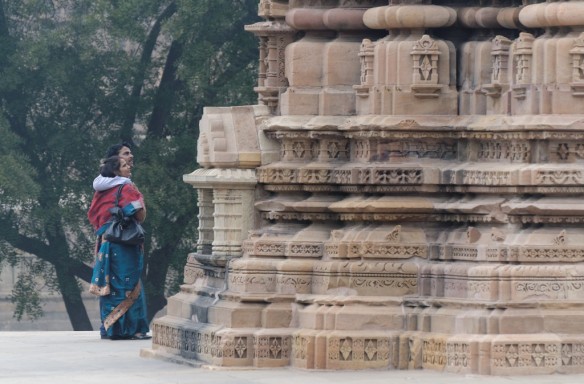
While only 10% of the carvings depict sexual acts, you can guess which panels elicited the most commentary. These were the love-making couples known as maithunas. Other carvings depict everyday activities: playing musicians, potters, farmers, soldiers on horseback, etc.

The temples were probably built in the one hundred year period between 950 and 1050 AD, during the Rajput Chandella dynasty. According to historical records, by 1100 Khajuraho contained 85 temples covering 20 square kilometers. Roughly 20 temples still stand. They were located 60 kilometers from Mahoba, the medieval capital of the Chandela kingdom.
Khajuraho was mentioned by the Arabic historian Abu Rihan-al-Biruni, in 1022 AD, and by Ibn Battuta, the Moroccan traveler, in 1335 AD.
When Muslim rulers took control, heathen places of worship were systematically destroyed. Ironically, even centuries ago the remoteness of these temples helped secure their survival. Nature did the rest as vegetation and forest reclaimed the site. For years the temples were covered by dense date palm trees which gave the city its name: in Hindi, Khajur = date. (The more ancient name was Vatsa.)
The scenes explain Hinduism’s four goals for life: dharma (right way of living), kama (aesthetic enjoyment), artha (prosperity) and moksha (liberation). The complexity of the geometric layout and the grid pattern of the temples with their circles, squares and triangles, the importance of geographic orientation and bodies of water and the carvings’ iconography is beyond my very weak grasp. Instead, here is an excerpt from the UNESCO website:
Greatly influenced by the Tantric school of thought, the Chandela kings promoted various Tantric doctrines through royal monuments, including temples. Sculptors of Khajuraho depicted all aspects of life. The society of the time believed in dealing frankly and openly with all aspects of life, including sex. Sex is important because Tantric cosmos is divided into the male and female principle. Male principle has the form and potential, female has the energy. According to Hindu and Tantric philosophy, one cannot achieve anything without the other, as they manifest themselves in all aspects of the universe. Nothing can exist without their cooperation and coexistence. In accordance with ancient treaties on architecture, erotic depictions were reserved for specific parts of the temples only. The rest of the temple was profusely covered with other aspects of life, secular and spiritual. Source: UNESCO/CLT/WHC
Khajuraho remained forgotten by the outside world until 1838 when a British army engineer, Captain T.S. Burt, was carried in via palanquin. I laughed so hard when I read that the Victorian officer was shocked by what he found….
Khajuraho!
In memory of Anaïs Nin, February 21, 1903 – January 14, 1977
NOTES: Khajuraho Group of Monuments, unesco.org © 2014 Jadi Campbell. Previously published as The Erotic Architecture of Khajuraho. All photos © Uwe Hartmann. More of Uwe’s pictures from India and his photography may be viewed at viewpics.de.
I am a Best American Essays-nominated writer. My books are Broken In: A Novel in Stories, Tsunami Cowboys, Grounded, The Trail Back Out, and The Taste of Your Name. My most recent book

Follow these links for Amazon.com or Amazon.de.
























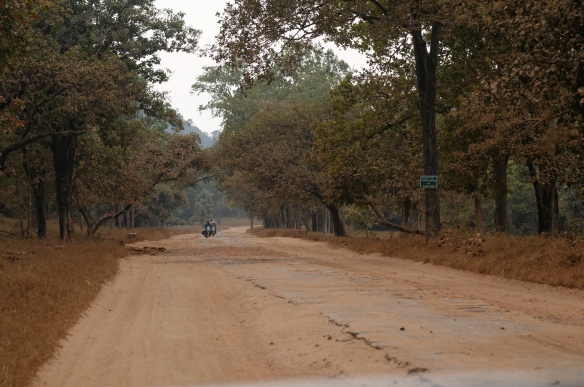
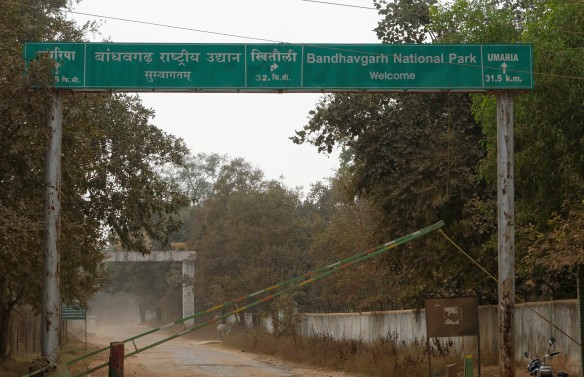


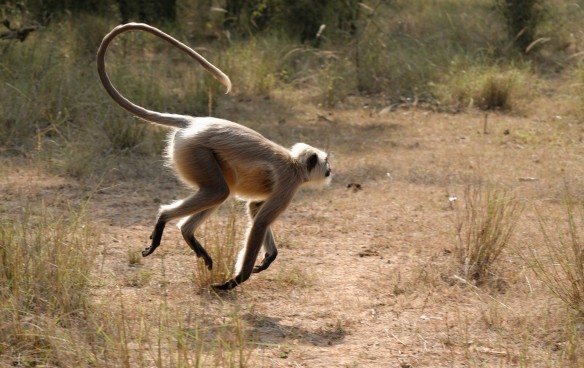
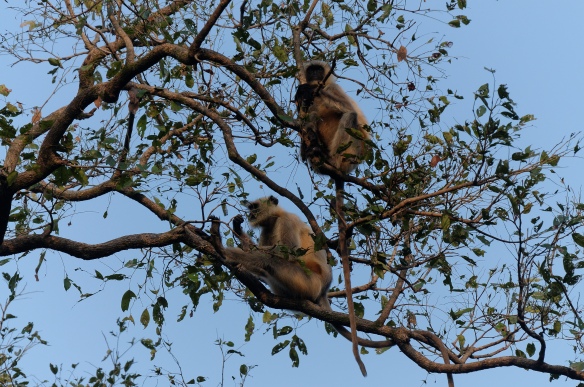
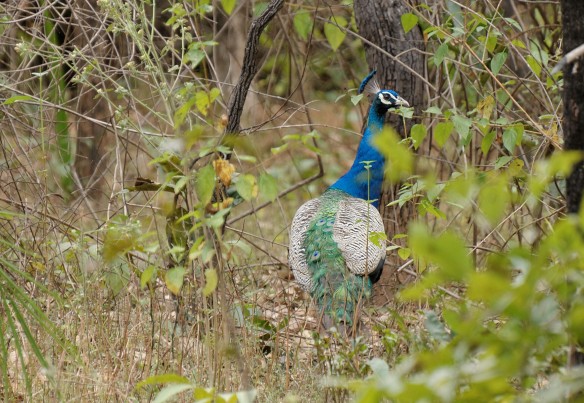



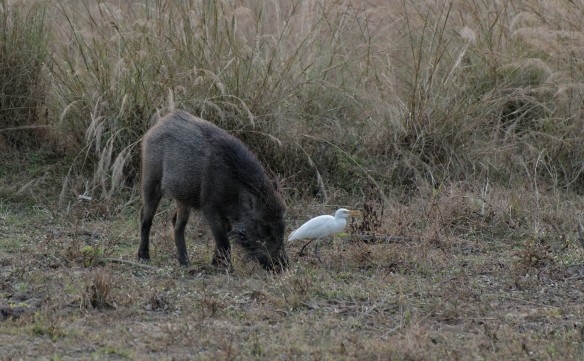
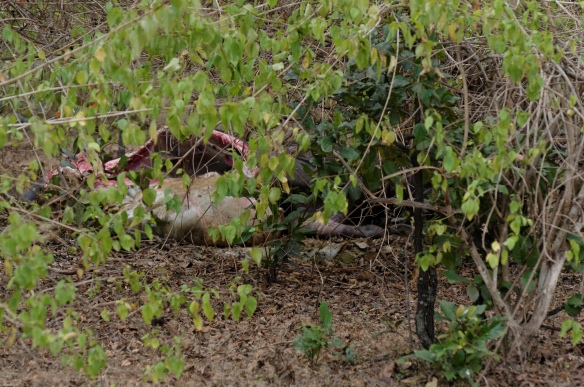
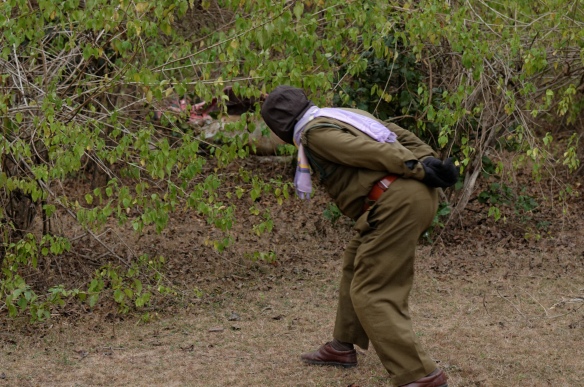
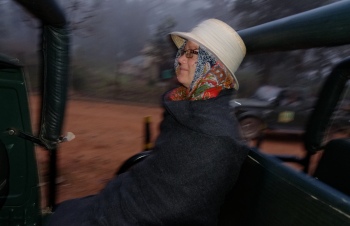

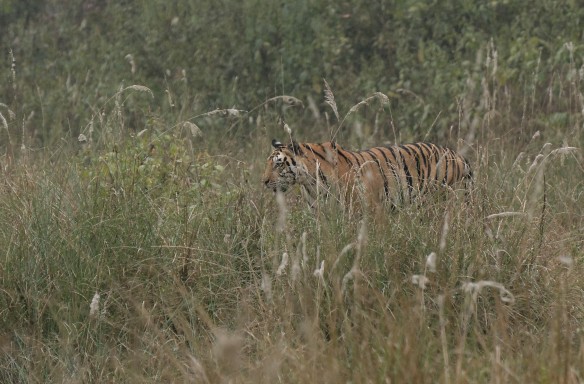


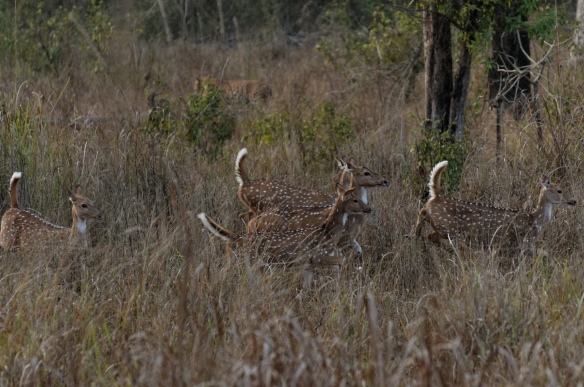























 If the road is even there, that is. What follow are photos of a road in north central India that had – vanished.
If the road is even there, that is. What follow are photos of a road in north central India that had – vanished.









 And it’s the first half of the last post in this blog thread for Bobbo! I present the Grande Finale: Installment # 41! describing what to call groups of animals … See how many you can guess. Answers listed at the bottom of the page. Happy Easter, everyone. May the world be reborn.
And it’s the first half of the last post in this blog thread for Bobbo! I present the Grande Finale: Installment # 41! describing what to call groups of animals … See how many you can guess. Answers listed at the bottom of the page. Happy Easter, everyone. May the world be reborn.

